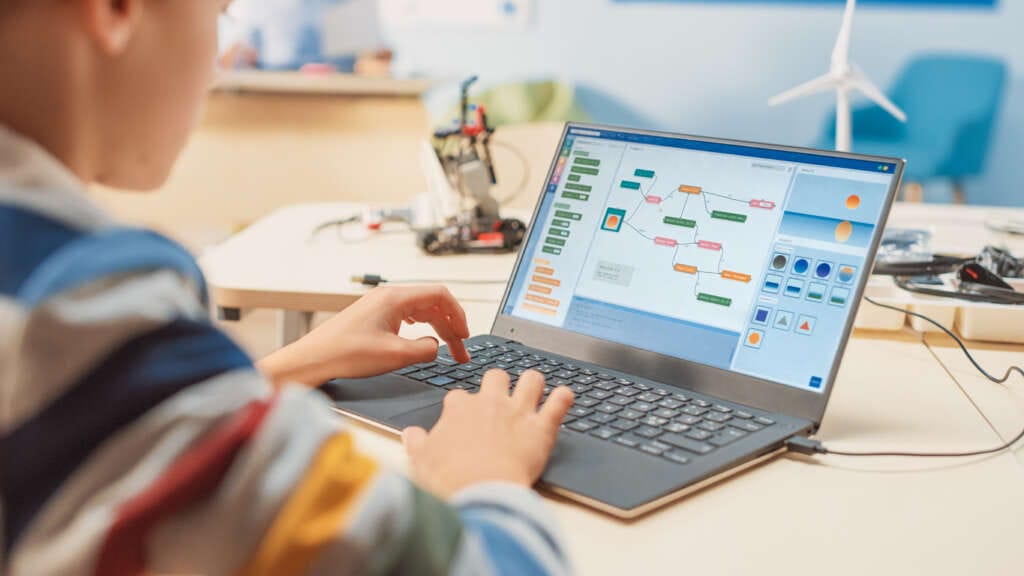
Are we entering the age of the AI technician?
By Scott Ewart, Senior Product Manager at ServiceMax.
Four Ways ChatGPT Will Reshape Equipment Service and Maintenance Delivery
I saw a meme recently that said, “Artificial Intelligence will never be a match for natural stupidity.” It implies that despite all the advances in AI, human beings are still capable of making really poor decisions and mistakes. That’s OK. AI is now trying to fix that too – or at least reduce it.
ChatGPT, the artificial intelligence chatbot, is AI’s shiny new poster child that’s been dominating news headlines and predictions alike. It’s been trained on enormous amounts of internet data and can generate human-like responses to a given prompt, such as answering questions, conversing on different topics and even generating content. (I wrote this article myself by the way).
While still in its infancy, ChatGPT will rapidly advance, perhaps (or inevitably) even writing its own code and maturing enough to move deeper into the enterprise. I’d like to outline four ways ChatGPT could potentially reshape your service operations as it matures and moves deeper into day-to-day service and maintenance interactions.
- Chatty frontline workers – The most successful adaptation of ChatGPT is in the form of chat itself. This has several potential uses in a service context. First, service technicians can use it to ask niche questions they may not know without having to refer to a manufacturer’s product manual for a complex piece of equipment. Such ‘chat’ obviously needs to be interactive to be of value to frontline workers. In other words, you ask a question, then ask something more specific and be able to feed off of those answers. While AI has existed in various forms behind the scenes in day-to-day consumer and business life, generative AI such as ChatGPT is taking it further. The difference with ChatGPT from other interactive AI, such as Siri or Alexa, is that it’s a very engaging experience. It feels like you’re talking with a very knowledgeable person or colleague, and it remembers the context of what it’s learned previously.
- Mitigating the Mundane – ChatGPT is also incredibly good at consuming unstructured data and generating content. This has huge scope for field service. The language comprehension in ChatGPT means technicians can jot down a few notes and the AI can use the content to generate a report. This means they can automate the mundane work of writing and summarizing what they’ve just done when they complete a job. For service technicians, any practical tool that saves them time means they’ll use it. Depending on how well ChatGPT delivers on its promise, such content generation could eventually be used for customer-facing content, as well as educational, upselling and personalized cross-selling content.
- Reshaping Self-Service and Support – That content could be taken a step further to support customer self-service, which has the potential to become a game-changer for how organizations structure their service strategy and service operations. If equipment can be repaired or maintained remotely with the help of remote support engineers, it will save on truck rolls, overhead costs and CO2 footprint. For services issues requiring a technician onsite, it can triage service requests. While human field service technicians will never be replaced, ChatGPT has the potential to remove the drudge work, focus on the subject expertise and enable them to truly sharpen and apply their technician craft
- From Grease to GPT – It will most likely be the younger generation of technicians that will adopt AI, which could be helpful to organizations as older, experienced ‘hands-on’ technicians retire, and their human knowledge pool dwindles. AI tools such as ChatGPT, if properly equipped with all the right data, can become a subject matter expert, providing knowledge guidance either onsite or remotely
With advances in AI, we are at a critical juncture in service maintenance. Of course, we’re some way off all of this becoming de rigueur for equipment service and maintenance today, but there’s little doubt that ChatGPT will change how field service and support on machinery and assets is delivered.
Field service management companies are already at the exploratory stage, looking at how ChatGPT can be worked into field service management products through active R&D, incorporating it into what’s working now, and making it even better. It’s moved from labs to consumers and is just a matter of time before it becomes embedded into frontline tools. By feeding AI tools, such as ChatGPT, with rich, accurate asset data and a system of record on how a piece of equipment has been serviced and maintained, companies can better manage the productivity and efficiency of both their operations as well as their service technicians. We are already said to have entered the ‘Golden Age of AI.’ The ‘Age of the AI Technician’ will surely be next.


